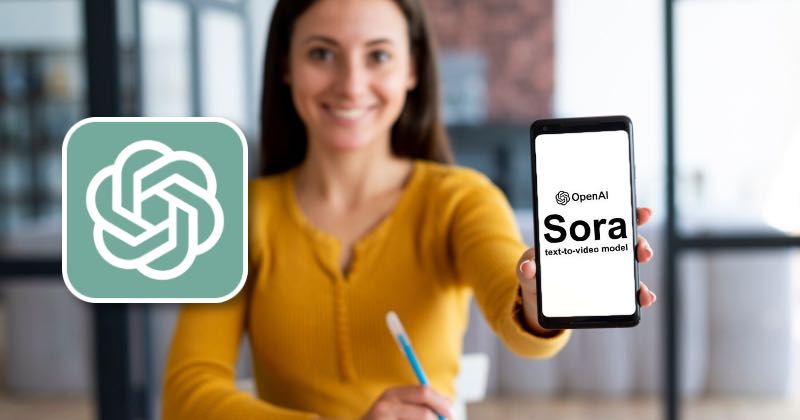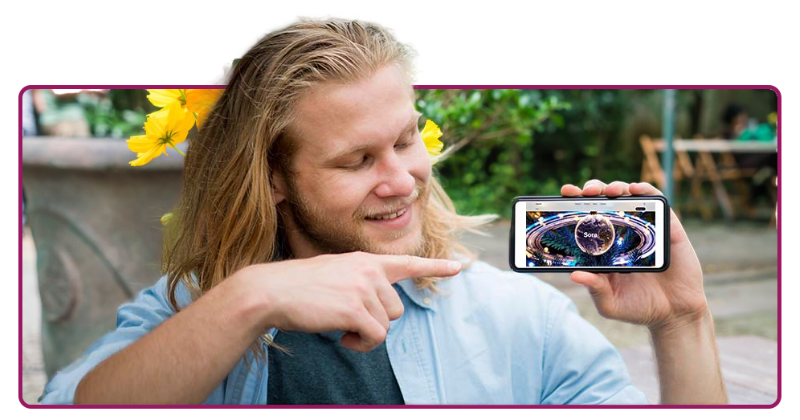
ChatGPT Sora: OpenAI’s Next-Gen AI Image Generator Explained
The AI revolution has entered a new phase with the arrival of ChatGPT Sora, OpenAI’s latest breakthrough in image generation. This new tool promises to transform the way we create visual content—whether it’s for marketing, education, entertainment, or personal projects—using only natural language input.
But what exactly is Sora? How does it compare to other popular tools like DALL·E or MidJourney? And why is it being hailed as a major step forward?
What Is ChatGPT Sora and How Does It Work?
ChatGPT Sora isn’t just another image generator. It’s powered by a next-generation diffusion model, which allows it to create visuals with stunning detail, accuracy, and artistic control. Where earlier models might produce distorted shapes or blurry elements, Sora brings a new level of precision that enables the rendering of lifelike proportions, coherent scenes, and consistent design elements—even in complex compositions.
What really sets Sora apart is its ability to understand abstract concepts. It doesn’t just respond to descriptive prompts—it interprets mood, metaphor, and even visual symbolism. This deep semantic understanding means it can handle creative prompts like “a hopeful dystopia” or “a peaceful battlefield,” generating visuals that are not just technically correct but emotionally resonant.
Another distinctive feature of Sora is its flexibility when it comes to style. It can seamlessly merge different artistic genres, recreate the essence of historical art movements, or adapt to specific aesthetic references provided by the user. This makes it especially valuable for projects that require originality or brand alignment.
A Creative Leap for Artists, Businesses, and Educators
With Sora, users can produce photorealistic images or stylized illustrations in seconds. It’s capable of interpreting and executing complex scenes with multiple characters, environments, and lighting effects—all from a simple text prompt. For example, describing a “Victorian airship flying above a neon-lit city at sunset” results in a richly detailed, high-quality image that looks like it belongs on a book cover or in a concept art portfolio.
The tool also supports advanced image editing using natural language. Users can request changes like “replace the background with a starry sky” or “change the character’s outfit to a red velvet dress,” and Sora will intelligently modify the image while keeping the overall composition intact.
Its usefulness extends beyond the artistic field. In marketing, companies are using it to generate dozens of ad visuals tailored to different demographics. In e-commerce, it helps teams prototype packaging and design product concepts faster than ever before. And in education, it’s enabling the creation of customized illustrations that go far beyond generic stock images.
Many organizations are already reporting significant gains in productivity thanks to Sora. Creative teams are producing more visuals in less time, while slashing the costs traditionally associated with design work. However, it’s important to note that human direction still plays a crucial role. While Sora excels at execution, it’s not capable of making high-level creative decisions or capturing cultural nuances the way a human can.
How You Can Use ChatGPT Sora
Sora is designed to be accessible to a wide range of users—from professional designers and content creators to students and hobbyists. It’s an ideal tool for anyone looking to bring ideas to life visually, even without technical drawing skills.
For individuals, it offers exciting possibilities. Writers can use it to illustrate their stories. Gamers and cosplayers can generate character designs. Families can create unique digital portraits or stylized wallpapers with a personal touch.
For professionals and businesses, the benefits are even more substantial. Marketing teams can test visual campaigns in record time. Designers can present multiple creative directions during brainstorming sessions. Entrepreneurs can build visual assets for websites, presentations, or investor decks—all with minimal external support.
Sora’s integration with ChatGPT also allows for smarter prompt refinement. Instead of guessing what phrasing will produce the best image, users can work collaboratively with the AI to optimize their descriptions before generating the final visual.
Ethical and Legal Considerations
Of course, the emergence of such a powerful tool raises some important questions. Who owns the rights to AI-generated images? Can artists protect their signature styles from being imitated by machines? What safeguards are in place to prevent the misuse of Sora for deepfakes or propaganda?
OpenAI has implemented safety protocols, including content filters and watermarking systems, to minimize abuse. But broader discussions about ethics, copyright, and the role of human creativity in the age of AI are still very much ongoing.

Will Sora Replace Graphic Designers?
A common concern in creative industries is whether tools like Sora will make human designers obsolete. The short answer is no. While Sora is incredibly powerful, it functions best as an assistant, not a replacement. It can generate visuals rapidly, but it still relies on humans to define the creative vision, assess emotional impact, and ensure alignment with brand or cultural context.
In fact, Sora is redefining what it means to be a designer. The focus is shifting from manual execution to creative direction and storytelling. Designers who embrace AI tools are finding new opportunities to elevate their work, expand their output, and offer services that were previously out of reach due to time or budget constraints.
The Future of Visual Creation
Sora represents a shift in the creative process. It’s no longer just about knowing how to use a design program—it’s about knowing how to communicate ideas clearly to an AI and curate the results. This opens the door for new roles in creative industries, from AI art directors and prompt engineers to visual ethicists.
At the same time, it reinforces the value of skills that machines still struggle with: empathy, intuition, cultural awareness, and the ability to craft narratives that truly connect with people.
Final Thoughts
ChatGPT Sora isn’t the end of graphic design—it’s the next chapter. Much like the arrival of Photoshop decades ago, it represents a leap forward in what’s possible for visual creators. But it’s not just a tool for making pretty pictures. It’s a collaborative partner, capable of bringing your vision to life faster and with more variety than ever before.
The creatives who thrive in this new era will be those who see AI not as a threat, but as an extension of their imagination.



